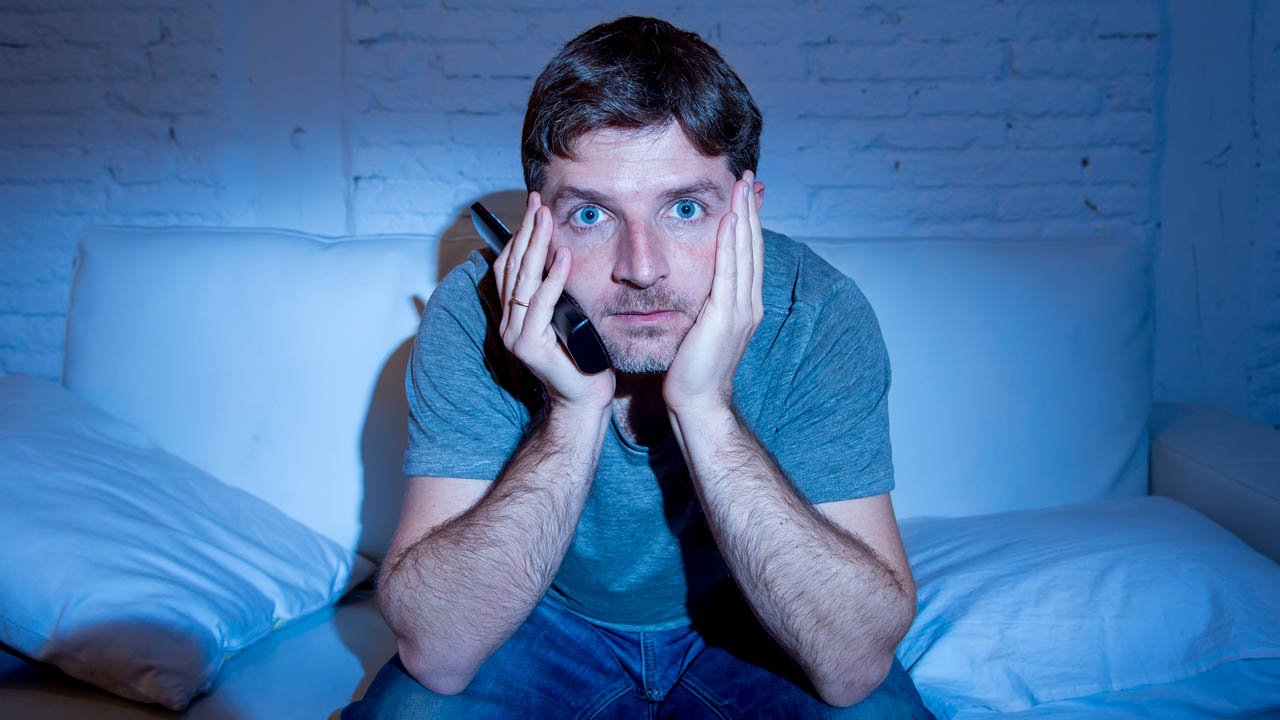The Streaming Boom We Asked For (But Maybe Didn’t Want This Much)
It’s 2025, and OTT platforms have become our digital sanctuaries. Whether it’s Netflix’s K-dramas, Prime Video’s thrillers, or Hotstar’s cricket marathons, there’s always something to watch. But lately, many viewers are experiencing a different kind of drama — the mental fatigue that comes from consuming too much content with too little time.
A recent report indicates the average Indian OTT viewer spends around 3 hours daily (180 minutes) on streaming platforms. In the U.S., it’s roughly 17–21 hours a week. With so much content dropping constantly, it’s no longer a luxury to catch up — it’s a race.
But at what cost?
Stats Say It All (2025 Data)
Over 70% of global OTT users binge-watch weekly.
59% of U.S. adults prefer to stream a TV show to unwind and escape real-life stress (The Harris Poll for Tubi, 2025). While not a global statistic, it indicates a significant trend.
Forty-two per cent of Indians reported sacrificing sleep for entertainment, including binge-watching, which led to irregular sleep patterns (Wakefit’s Great Indian Sleep Scorecard, 2025). This aligns with a broader trend of nearly 40% of Indians getting less than six hours of sleep per night.
While specific 2025 global numbers for productivity dips after a binge weekend are not readily available, the connection between lack of sleep, increased screen time, and reduced well-being is widely acknowledged. For instance, 44% of Indians wake up feeling unrested, and 59% experience daytime sleepiness at work (Wakefit’s Great Indian Sleep Scorecard, 2025), which can directly impact productivity.
Why We Can’t Stop at One Episode: The Psychology of Streaming
We’ve already chatted about this in our earlier post, but let’s bring it into context here:
- Dopamine Loops: OTT platforms are wired to make us crave the next cliffhanger. That “Next Episode” button is a dopamine trap, giving us little rewards for staying glued.
- Paradox of Choice: With too many shows and too many platforms, choosing becomes overwhelming. It leads to something called choice fatigue, where we either watch too much or give up watching altogether.
- Doom-streaming: This 2025 buzzword is real. It’s when people binge-watch not for fun, but to avoid reality — a temporary escape that often leaves us emotionally drained. Dr. Mandy Morris explains, “Doom-streaming feels productive at the moment but often delays emotional processing, making you feel worse in the long run.”
“I Just Wanted One Episode…”: Real Viewer Feels
“I told myself one episode before bed. That was at 10:30 PM. I slept at 3.” — Tara, college student
“I watch to feel less alone. But sometimes I end up feeling worse.” — Nikhil, marketing professional
Sound familiar?
OTT Burnout: The New Normal?
Mental Health: Bingeing can amplify anxiety, loneliness, and low motivation. It creates a loop where you need more content to feel something. Studies increasingly link excessive screen time and binge-watching to increased stress, regret, guilt, and feelings of failure due to wasted time.
Physical Health: Eye strain, poor posture, and lack of movement are all common side effects of binge sessions.
Sleep Deprivation: Shows ending on cliffhangers mess with your sleep cycle. It’s no surprise that a significant portion of the population, including 42% of Indians, admits to sacrificing sleep for entertainment.
How OTT Platforms Are Responding
Weekly Drops Instead of Full Seasons: Netflix, Prime Video, and even Indian platforms are spacing out episodes to curb unhealthy binges.
Smarter Recommendations: AI is now used to reduce decision fatigue by suggesting what you’d actually want to watch, not just what’s trending.
Consolidated Bundles: Disney+ + Hulu, JioHotstar, etc., are now offering everything under one app, trying to reduce the multi-app overwhelm, which is a growing concern due to “subscription fatigue” among consumers.
Mini-Series Formats: Short, self-contained shows are designed to be engaging without being addictive.
Example — Criminal Justice on JioHotstar: This show’s format is a smart counter to typical binge fodder. Episodes are released weekly, which builds anticipation without triggering an overnight binge spiral. The intense legal-drama structure also forces you to emotionally digest each episode — something that benefits viewers more than they realize
Okay But What Can We Do?
Here are some personal rules I’ve started following (feel free to steal!):
Episode Cap Rule: Max 2 episodes on weekdays.
No Late Night Netflix: Shut down streaming by 10:30 PM.
Alternate Coping: Replace doomstreaming with journaling, texting a friend, or even a 10-min walk.
Intentional Viewing: Watch because you want to, not because you’re bored or numb.
Streaming is here to stay. But how we interact with it needs to change. Instead of letting it control our downtime, we can choose to be mindful and intentional with our screens.
So next time that auto-play countdown starts? Maybe pause. Stretch. Reflect.
And then, maybe play one more.

